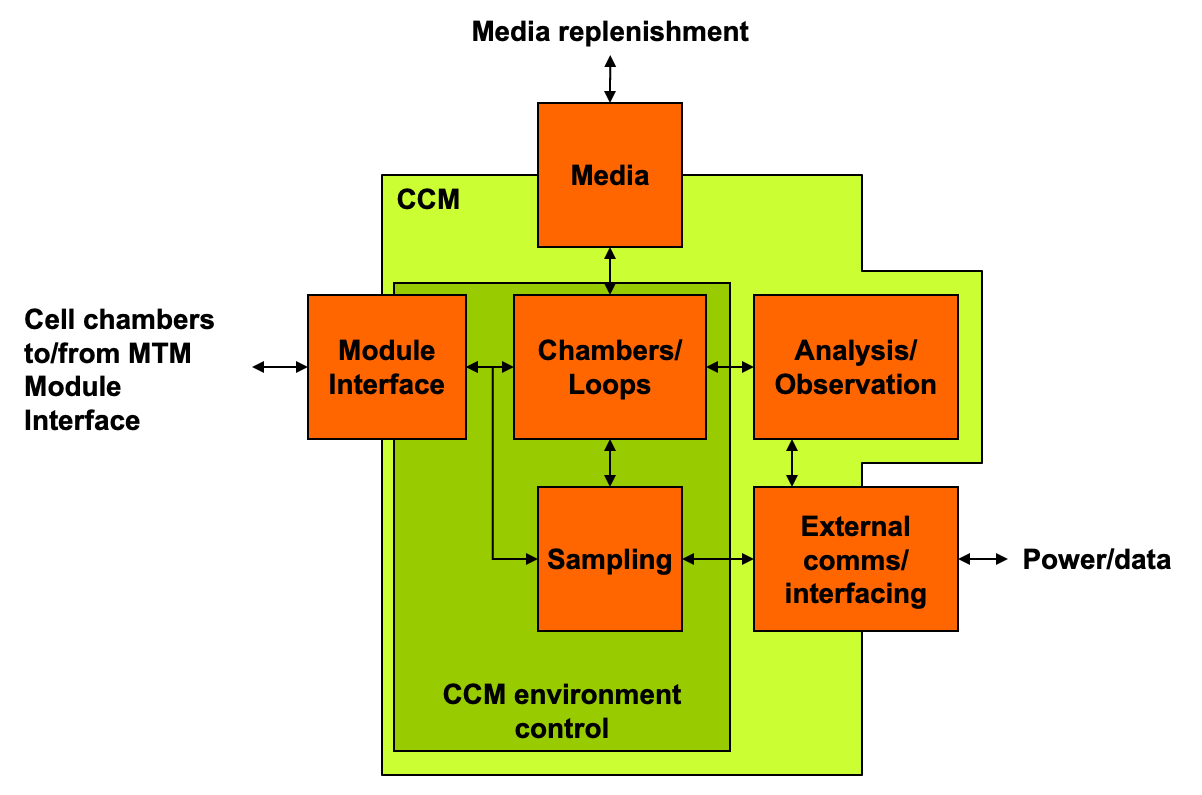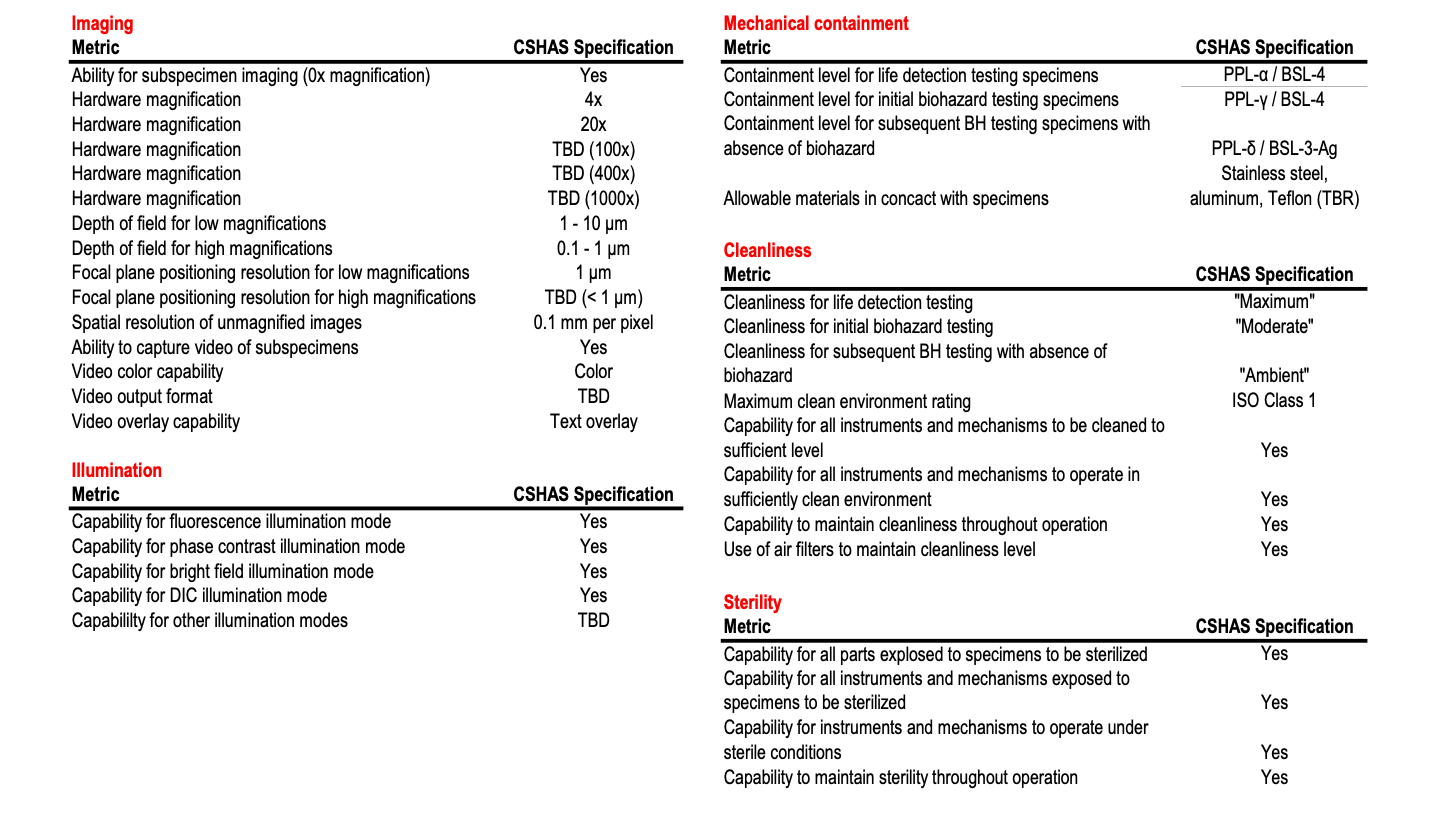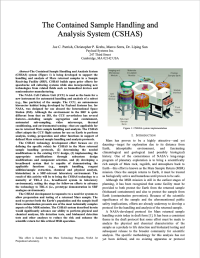Mars Sample Return
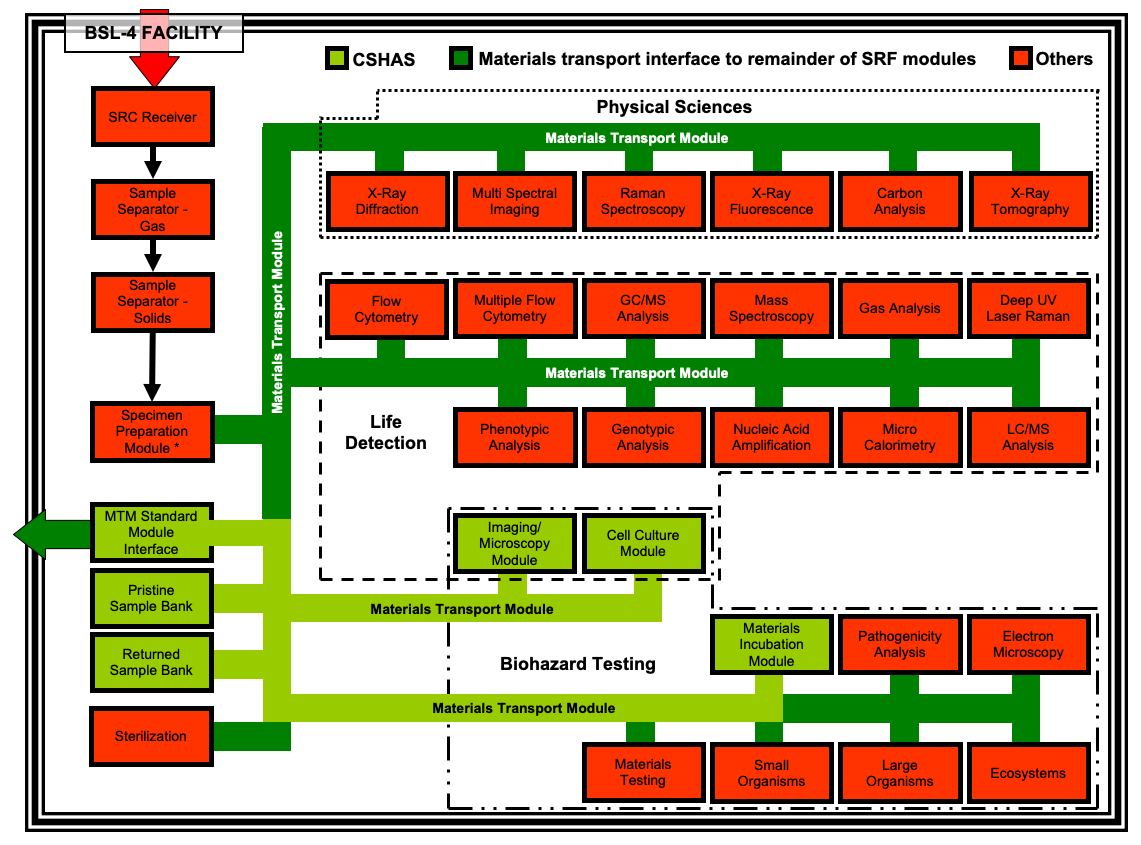
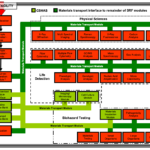
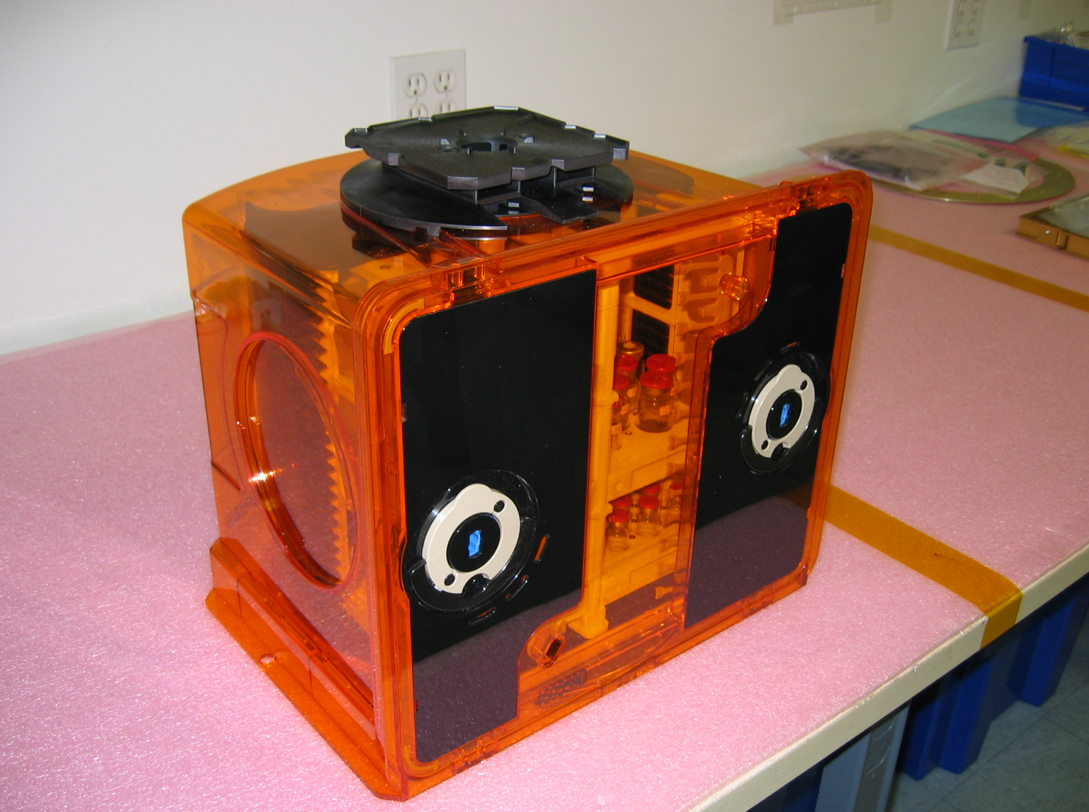
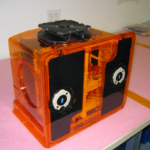
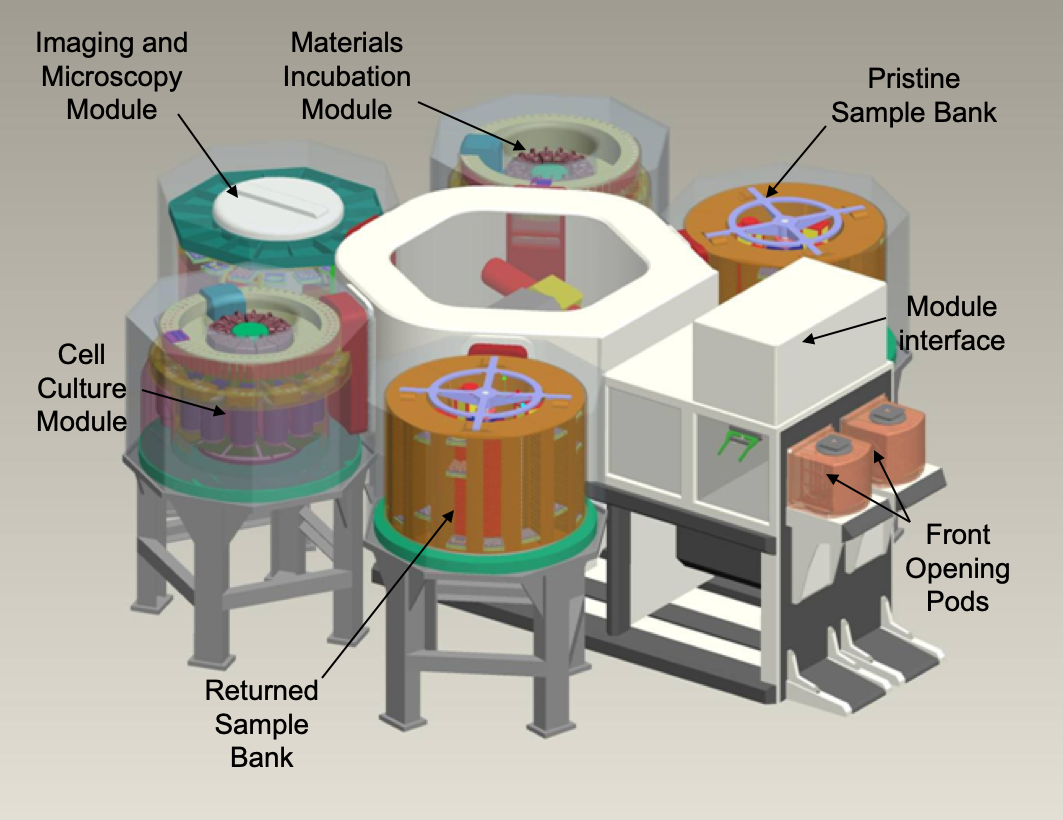
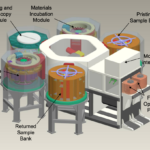
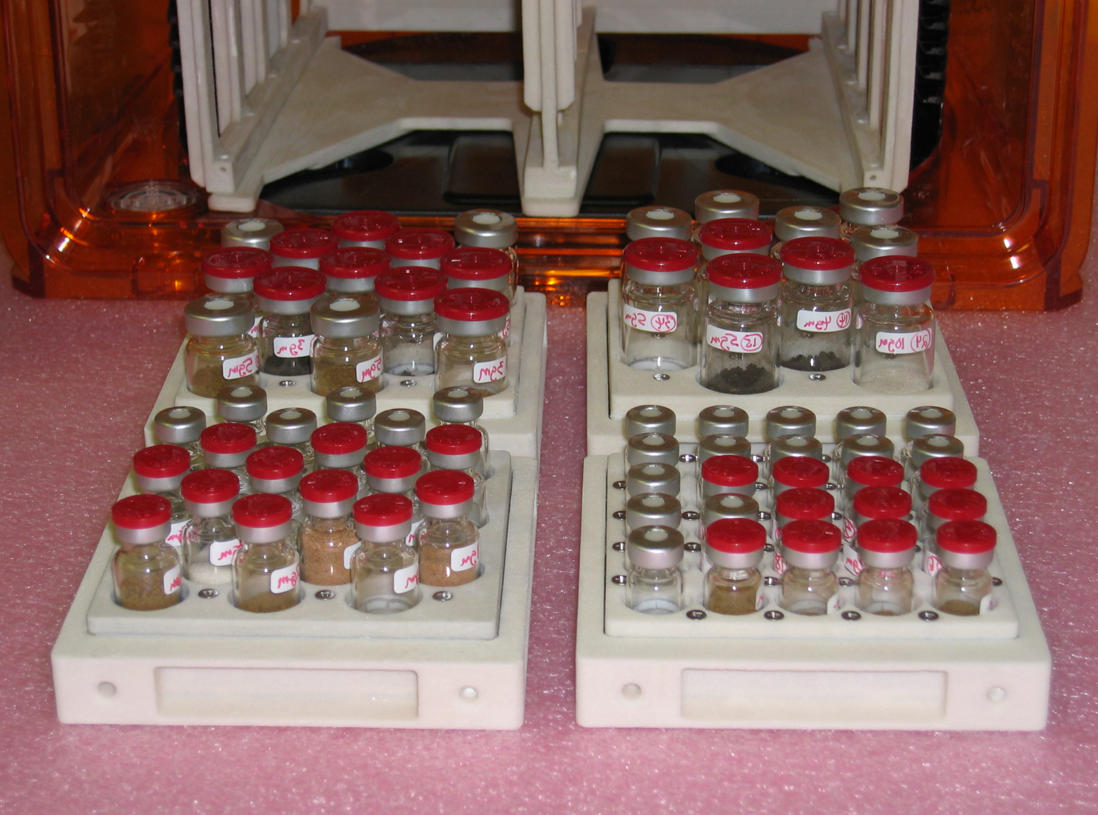
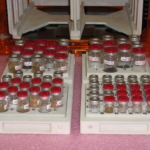
In the early 2000’s, NASA began to work on a Mars Sample Return Mission. At that time, Payload Systems, Inc., was developing a Cell Culture Unit (CCU), also for NASA, that would enable the study of cell growth in microgravity on board the ISS. The technology being developed for CCU appeared to be well suited for the handling and analysis of fine Martian samples and so NASA commissioned a project to study the technology transfer applicability and the generation of a conceptual approach for the development of a Contained Sample Handling and Analysis System (CSHAS). In this early stage project, Marco Serra of Engenya covered the role of lead systems architect.
The CSHAS was envisioned to provide all of the materials transport, data management and process scheduling functions between the various modules of the Sample Receiving Facility (SRF), as well as some of the specialized analysis modules including Cell Culturing, Sample Banks, Microscopy and Materials Incubation. The system would also provide standard interfaces for third party modules required to conduct a host of additional analyses and services.
The general functional requirements for this system were extracted from NASA’s “Draft Test Protocol For Detecting Possible Biohazards In Martian Samples Returned To Earth” (NASA/CP-2002-211842). These requirements were interpreted and classified to serve as a formal guide for the evaluation and development of functional and system architectures, for the assessment of feasibility in CCU technology transfer as well as identification of required new technology development, and for guidance in the development of demonstrative concepts.


